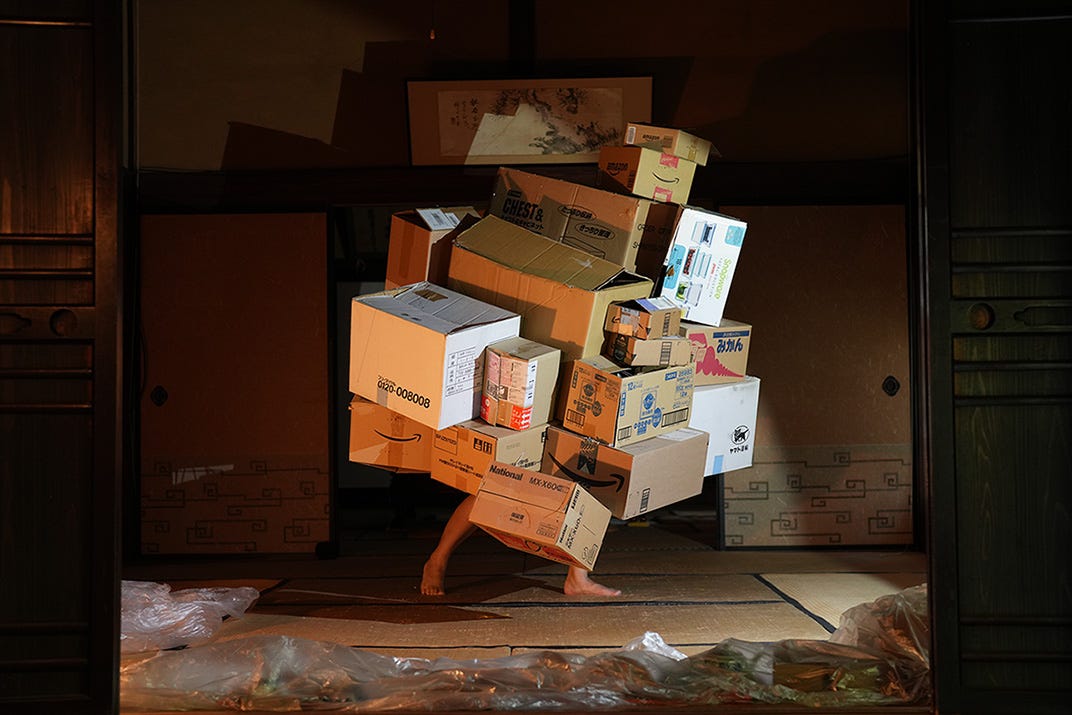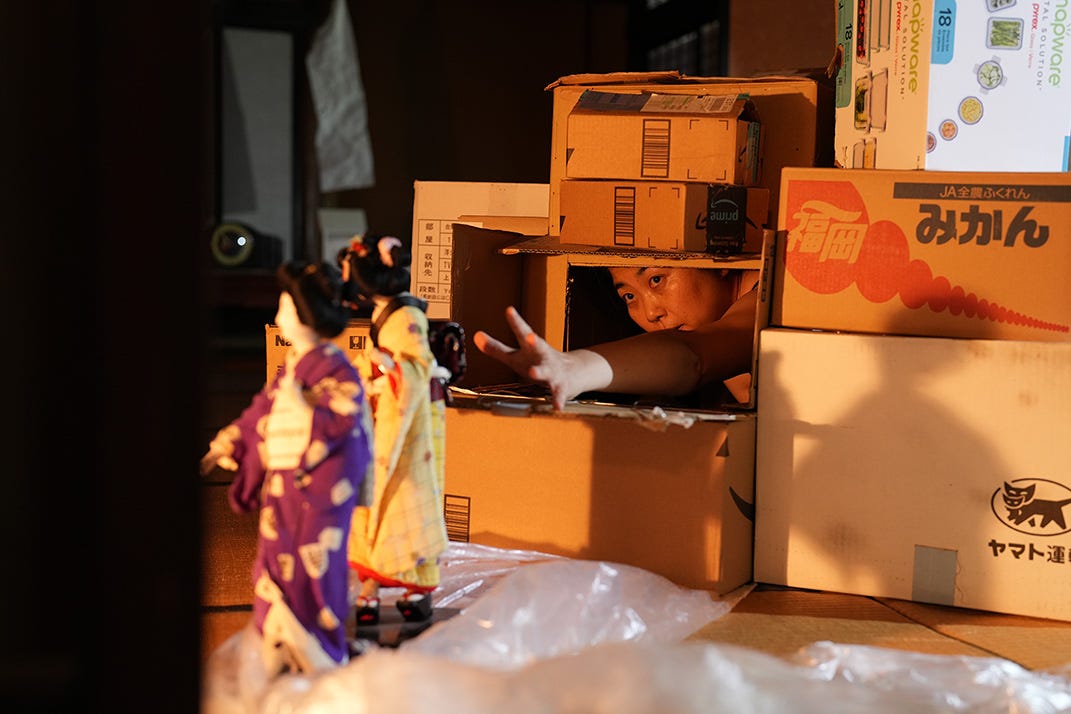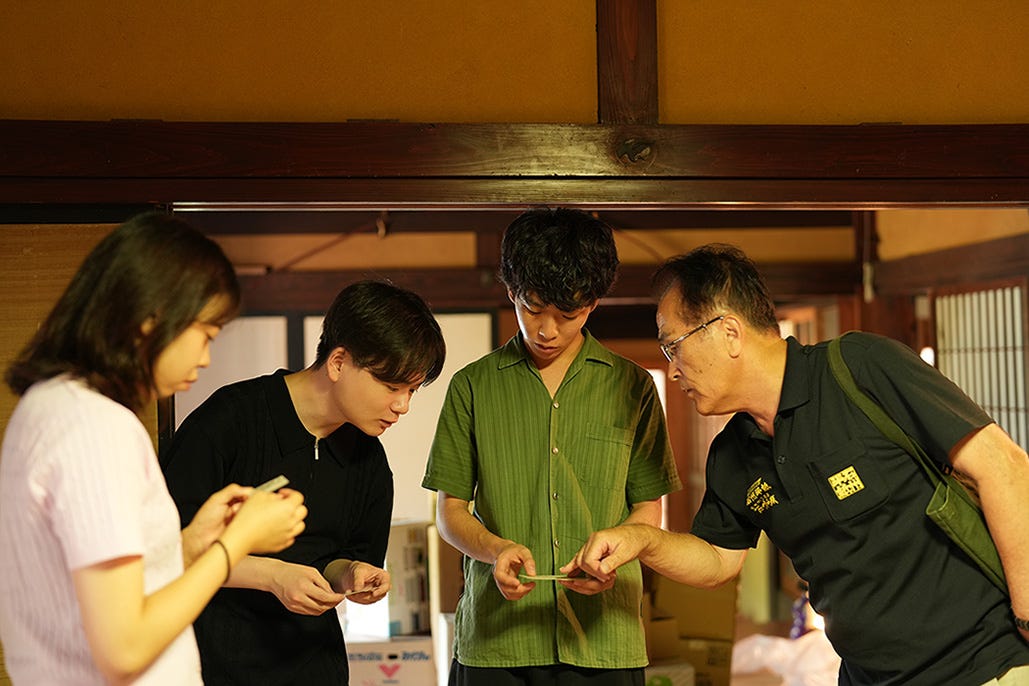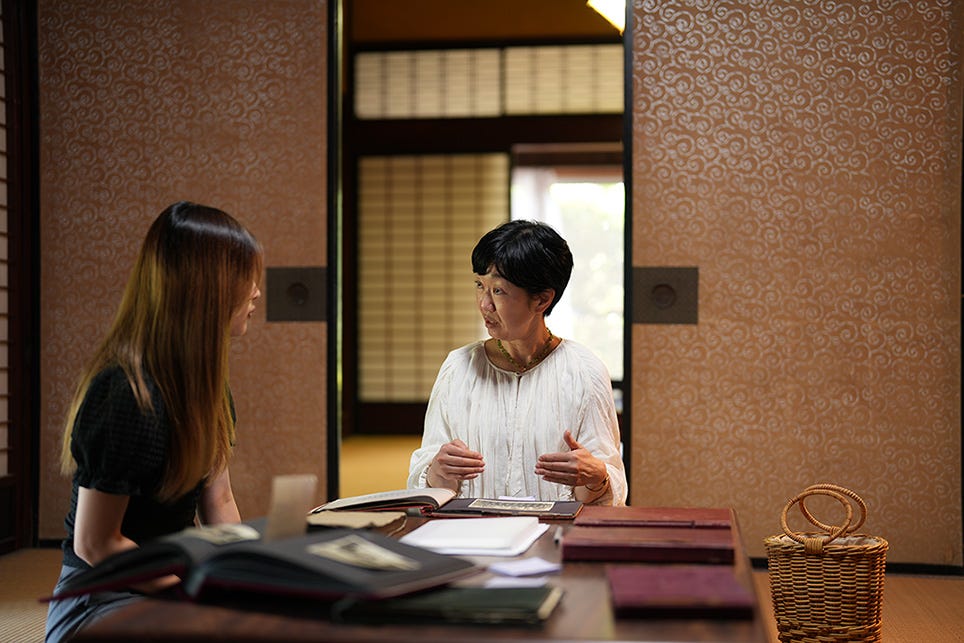Should I do this or not?
Creating a piece about the countless things we inherit from past generations, maybe it isn’t surprising that I have felt overwhelmed and paralyzed at times. There are always a million reasons why you should not do something and a million other things you should be doing instead. I could have spent the rest of my life doing research and still felt like there were a million more things I needed to know before I could begin. Every decision felt hard. For that reason, presenting the first section of the project this September, however short and rough, has felt like a real triumph. This conglomeration of ideas may still be held together by tape, with audio clips recorded on cell phones serving as placeholders, but I feel like I am on the cusp of an exciting new artmaking process that allows for experimentation.
For years I have strived to create work that balances words with images, sounds, and movement, rather than prioritizing written language as the base from which everything else unfolds. However, because I gravitate naturally to writing as a way of processing the world around me, this ideal has been difficult to achieve. The closest I have come has been with this performance. I have been moving back and forth between writing, audio recording, editing, building, and rehearsing. For a deadline-driven designer, it has been difficult to give up the safety of the traditional production schedule and instead embrace the idea that I have no idea where I am going to end up. I have felt like an explorer crawling through uncharted territory, moving forward in three-minute sections of the performance at a time. During the process, people kept asking me what the production was going to be like. I really wasn’t sure. Would I have anything to show an audience in September?
I did, and in the end, I am happy with the result. Solutions I could never have imagined presented themselves in the rehearsal room at the eleventh hour, including breaking out of the natural proscenium of the entry-room, moving into the kitchen and audience space, sliding doors open and lighting rooms deeper in the house. Rather than insisting that everything be new, I went back to ideas and materials I began exploring years ago and allowed myself to refine them.
This process has changed my perception of what theatre-making can be. A key part has been accepting that doubt is always going to be present and yet moving forward anyway. If you don’t move forward, the conversation can’t move forward. And this is the whole point: the presence of an audience witnessing the event and responding to it.
I like to question the assumptions we have about the physical relationship between audience and performance space. I have always imagined this piece as being interactive, with the audience entering the house and exploring it on their own. In June I was able to test this for the first time with Professor Huntley’s University of Shimane seminar class. I really wasn’t sure if an old musty house would be interesting to college students, but I was pleased to see them getting excited as they walked through the rooms and peered inside of cabinets. There is something irresistible about a treasure hunt for people of all ages.
Pursuing the idea of interactivity even farther, I talked to the students about taking oral histories and enlisted their help in interviewing my audience members in September. After watching the performance, I invited the audience to come into the house, enjoy some refreshments, and sit down with the students and have conversations about houses that have been important in their own lives. I am looking forward to listening to the recordings of these conversations and know they will impact this piece as I continue to refine it.
Now I’m focused on harnessing this momentum. I’m hoping to spend the next few months adding additional sections to the performance and refining what I’ve already developed. The house gets so cold in the winter so I’m holding off on doing more public performances until next spring, when hopefully more of you will be able to experience it in person.
Thanks to Creative Capital Foundation, Asian Cultural Council, MacDowell Foundation, the Jim Henson Foundation, the Inoue family, Kyoko Kondo, Yumi Matsuura, Melissa Huntley and her University of Shimane seminar students, Dan Cook (A Spot on the Hill), Masashi Yoshida, Michelle Milne, Andy Smith, Elana McKernan, Sandra Dietel, Selena Kong, Nobuko Yamasaki, Yuki Henneberry, and Payton Frawley.







